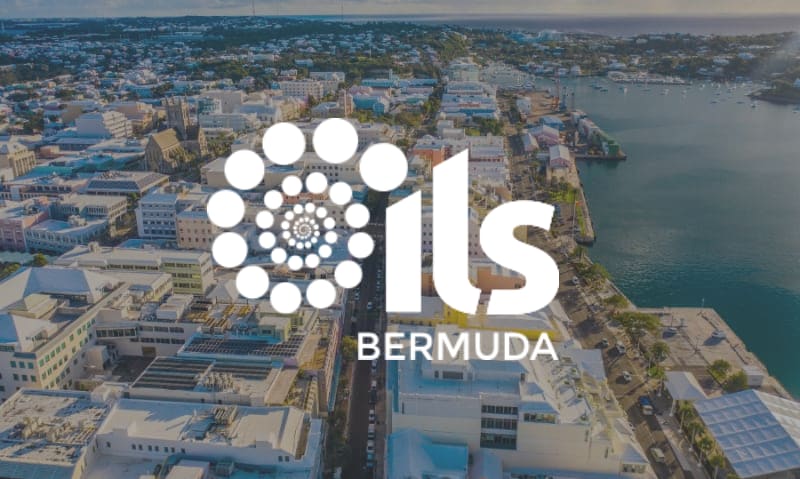Many ways to generate ILS alpha, but managing expectations key: Convergence panel

While there are many ways to generate alpha for your investors in the insurance-linked securities (ILS) sector, it remains critical to manage investor expectations and avoid delivering unwanted surprises, speakers at Convergence 2023 in Bermuda said last week.
Panellists were discussing “alpha versus beta” and the differences in ILS fund manager strategies, concluding that there are numerous ways alpha can be generated by managers, for their investors, in what is a particularly complex asset class.
Asked to highlight a couple of the ways they see alpha generation as possible in their roles as ILS investment managers, the speakers listed off multiple ways it can be achieved.
First, Michael Jedraszak, Co-Founder & CIO at quota share reinsurance focused ILS manager Tangency Capital, said, “I wish there was only two things that drive it, right? We hoped so, a couple of years ago when we started this and then realised that there was probably five or ten things that can make a really big difference in the outcome.”
Jedraszak went on to explained that this is, “From, the underlying risks, the data collection, how you are managing inflation, basic things like that. Through to then how you use the models, which cedents we select, through to the structuring of a transaction.
“There’s a lot of things you can do wrong, that eat into what could have been a good result, but has been mismanaged through structuring issues. That’s not just frictional costs, there are actually just lots of other things that are related to how capital gets reused or rolled.”
Concluding, “So, we wished it was less drivers of alpha, but there’s quite a few and that’s partly why it’s a complex asset class. Because there’s no obvious one or two things that you can focus on and then have a good outcome. It’s just not that easy.”
Next, Lixin Zeng, Managing Partner at reinsurance-linked asset manager Integral ILS, who further explained, “I think the two most important in a sector allocation, is peak versus non-peak, I think that’s very important in ILS investing.”
Zeng further said that, “Peak, is the systemic risk of the insurance industry, so people are willing to pay high premium for the risk. Peak risk accounts for about 45% of the global reinsurance limit, 60% of the premium and 75% of expected profit, so that’s the differential between peak and non-peak.
“So, if our for our clients, their entire portfolio is the stock market, the bond market, with 2% to 5% the ILS market, the decision to focus on peak, we think that’s the main driver of creating alpha, creating outperformance.”
Zeng went on to say that, “The second one is risk preference, between writing higher-risk, higher-premium reinsurance contracts, versus having a leverage facility to write remote risk and which do you prefer, what kind of terms can you negotiate with your fronting company, that creates a structural advantage. For 80 to 90% of the reinsurance market you cannot access it without a fronting facility.
“So, we think those two things create a more structural, or permanent factor that drives the alpha.”
Zeng also highlighted analytics and cedent selection as other key areas for delivering alpha in ILS strategies
Finally, Vincent Prabis, Managing Principal at re/insurer aligned manager Hiscox ILS, noted that alpha is still the goal.
“We’re all trying to do this, all the steps that were discussed right now, we are all really trying to optimise our access to risk, structuring the fronting and ultimately, we do see that in the performance, as you can imagine for this year you know, we’re at inception high performances,” Prabis explained.
“But for us, just taking away if there are two things that are very important, and they sound very similar but they’re not, we’re managing expectations on what we do ultimately, once we’ve done our best on this portfolio, managing expectations. But also avoiding the surprises.”
Prabis said, “That’s ultimately a very soft way to look at how a portfolio has performed. Have we been able to deliver that to our investors, that’s part of the education that we’re constantly doing even with investors that have been with us for a long time.”
He then highlighted that investors in ILS strategies are typically only deploying a small amount of their assets to the sector, so education and communication remains critical to keep them up to speed on their investments.
“That is a very important role that we need to play, to get to that point and make sure that they understand what we need to get there and what’s the goal,” Prabis said.
Concluding, “To me the goal is really to avoid those surprises.”
Also read:
– AI + computing power = exciting developments for ILS: Adrian Jones at Convergence.
– Responsible investors still require a minimum return: Convergence 2023.
– Significant investor interest. A wall of money, but slower moving: John Seo at Convergence.
– ILS market size matters. We need to make it scalable: Convergence panel.
– The “most pronounced” risk-adjusted ILS returns: Tangency’s Stanton at Convergence.
– Bermuda remains world-leader for cat bonds, ILS and Convergence.






